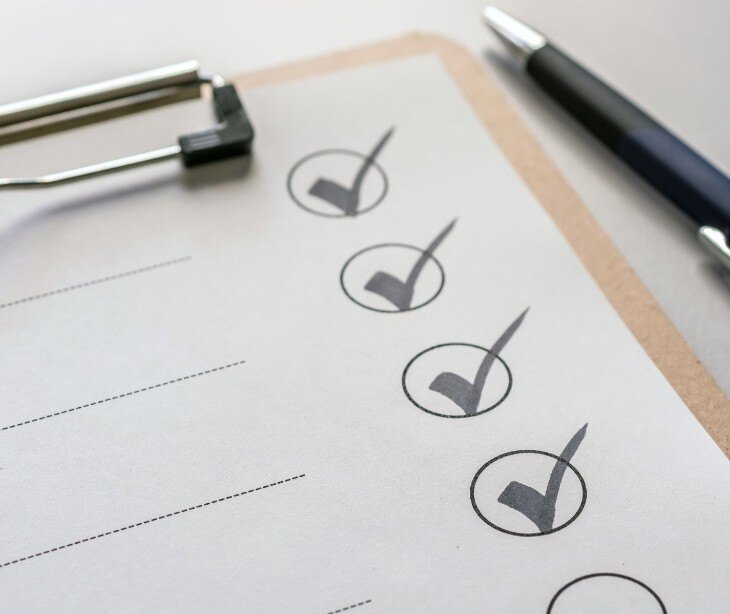
HIPAA (Health Insurance Portability and Accountability Act) does not explicitly prohibit texting in healthcare settings. However, healthcare providers must ensure that any communication through text messaging complies with HIPAA regulations to safeguard patient privacy and confidentiality.
The limitations of regular text messaging
With Americans checking their phones an average of 144 times per day, text messaging is undoubtedly a convenient way to communicate with others, but when it comes to the healthcare industry, some limitations must be considered. Under the Health Insurance Portability and Accountability Act (HIPAA), covered entities are required to protect the privacy and security of patients' protected health information (PHI).
According to the HHS, “texting patient information among members of the health care team is permissible if accomplished through a secure platform.” However regular texting platforms, such as iMessage or WhatsApp, do not provide the necessary security measures to ensure HIPAA compliance. Access controls, audit controls, and encryption, which are important components of HIPAA compliance, are generally not available with these platforms.
Related: Texting tools and HIPAA compliance: The ultimate guide
HIPAA compliant text messaging
To ensure HIPAA compliance in patient communication, healthcare professionals should consider using HIPAA compliant text messaging platforms like Paubox. These platforms are specifically designed with HIPAA in mind, providing security measures to protect PHI.
HIPAA compliant text messaging platforms offer the following features:
- Access controls: HIPAA compliant platforms allow administrators to define access controls based on employees' job roles. This ensures that employees only have access to the PHI necessary for their job functions, reducing the risk of unauthorized access.
- Audit controls: These platforms provide comprehensive audit controls that track and monitor access to PHI. This allows healthcare organizations to detect and investigate any potential security breaches or unauthorized access.
- Encryption: HIPAA compliant text messaging platforms offer end-to-end encryption, ensuring that PHI is securely transmitted and stored. Encryption adds an extra layer of protection, making it extremely difficult for unauthorized individuals to access sensitive information.
- Integration with electronic medical record (EMR) systems: Many HIPAA compliant text messaging platforms integrate with EMR systems, allowing for seamless communication between healthcare providers and patients. This integration ensures that patient records are up-to-date and easily accessible, improving the efficiency and accuracy of patient care.
- Remote wipe capability: One of the advantages of using a HIPAA compliant text messaging platform is the ability to remotely wipe PHI from a mobile device in case of loss or theft. This feature helps prevent potential breaches and ensures the security of patient information.
Read also: The guide to HIPAA compliant text messaging
Obtaining patient consent for text messaging
While HIPAA compliant text messaging platforms offer secure communication channels, it is important to obtain explicit written consent from patients before communicating with them via text message. To be HIPAA compliant, you must provide patients with a text messaging consent form. The form should follow the published commentary from the 2013 HIPAA Omnibus Rule and must provide warning of the risks associated with unencrypted electronic messages and the possibility of unauthorized access. This consent should specify the situations in which text messaging will be used and any limitations on the type of information that will be shared.
Read more: Do you need consent to text patients?
Also: How to document consent for text messaging and email communication
Implementing HIPAA compliant text messaging
When implementing HIPAA compliant text messaging, healthcare organizations should follow these steps:
- Choose a HIPAA compliant text messaging platform: Select a text messaging platform that has been specifically designed for HIPAA compliance. Ensure that the platform offers specific security features, such as access controls, audit controls, and encryption.
- Establish written policies and procedures: Develop clear policies and procedures outlining how text messaging will be used in patient communication. These policies should cover obtaining patient consent, limitations on the type of information that can be shared, and guidelines for secure messaging.
- Train employees on HIPAA compliance: Provide comprehensive training to employees on HIPAA compliance and the proper use of the text messaging platform. This training should cover the importance of patient privacy, the secure handling of PHI, and the potential risks associated with non-compliance.
- Obtain business associate agreements (BAAs): If the chosen text messaging platform involves a third-party vendor, ensure that a Business Associate Agreement (BAA) is in place. A BAA outlines the responsibilities of the vendor in protecting PHI and ensures that both parties are HIPAA compliant.
- Regularly monitor and audit: Continuously monitor and audit the use of the text messaging platform to ensure compliance with HIPAA regulations. This includes reviewing access logs, conducting security assessments, and addressing any identified vulnerabilities or breaches.
See also: HIPAA Compliant Email: The Definitive Guide
Paubox’s solution
Introducing Paubox Texting - a HIPAA compliant texting API for patient engagement that doesn't require recipients to download 3rd-party applications or use passcode-protected portals.
You can now send HIPAA compliant text messages straight to your recipients' mobile devices.
Why choose Paubox Texting API?
- Personalize with PHI
- Modern patient engagement
- Improved business outcomes
- Send personalized reminders
- Top-rated U.S. support
FAQs
Can text messages be HIPAA compliant?
For any messaging provider to be HIPAA compliant, the text messages that are related to PHI need to be encrypted while sending, receiving, and when in transit.
What makes a phone HIPAA compliant?
Put simply, a phone system that's HIPAA compliant meets all the requirements that HIPAA lays out for safeguarding patient data, specifically, the aptly named privacy and security rules, which together lay out the standards for protecting ePHI.
See also: Top 10 HIPAA compliant email services
Subscribe to Paubox Weekly
Every Friday we'll bring you the most important news from Paubox. Our aim is to make you smarter, faster.



